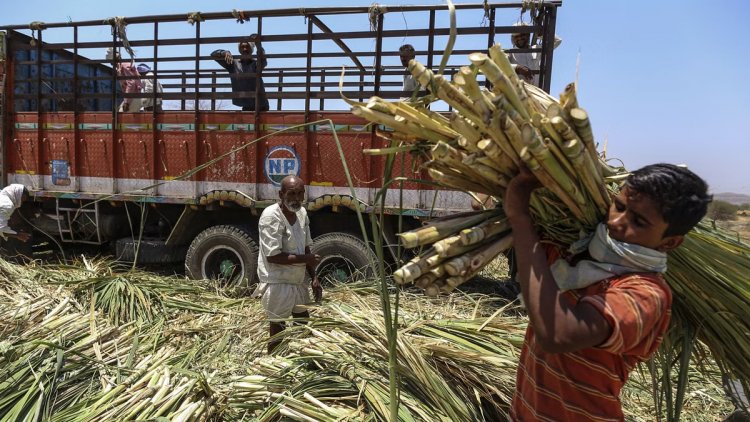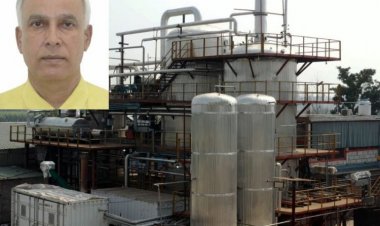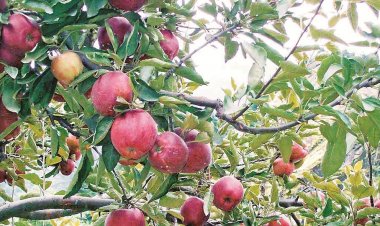Due to a sugarcane crisis, sugar mills in Uttar Pradesh are closing prematurely. In the last days of the crushing season, there is competition among sugar mills to buy sugarcane, due to which the price of sugarcane is being given at some places as high as Rs 400 to Rs 420 per quintal. This situation has arisen due to the decline in sugarcane production this year.
In the sugarcane belt of UP, two out of three sugar mills in Shamli district have ended the season by stopping crushing due to 'no cane'. To buy maximum sugarcane from farmers in the last days of the crushing season, Wool Sugar Mill gave a price of up to Rs 420 per quintal, while the state government has declared the Sugarcane Price (SAP) at Rs 370. Wool Sugar Mill has crushed 89.50 lakh quintals of sugarcane this year, whereas last year it had crushed 95 lakh quintals of sugarcane.
Yogendra Singh, a farmer from Bhainswal village in Shamli district, told Rural Voice that the Wool Sugar Mill has paid Rs 400 to Rs 420 to the farmers. However, due to pressure from Shamli Sugar Mill and the district administration, this trend could not continue for long and Wool Sugar Mill had to announce the end of the season on April 8. Subhash Chaudhary, another farmer from Bhainswal village, says that the government should have announced the rate of Rs 400 at the beginning of the sugarcane season itself. When some Khandsari units and sugar mills can give a rate of Rs 400 then why were the farmers deprived of the fair price.
Even in Muzaffarnagar district, most of the sugar mills have been closed prematurely due to the non-availability of sugarcane. The crushing season of Khaikhedi, Tikaula, Rohana and Bhaisana sugar mills has ended. Whereas Khatauli, Titawi and Mansoorpur sugar mills are likely to run till April 25. Sugar mills have been facing sugarcane since the beginning of the crushing season this year. By the end of February itself, many sugar mills in Uttar Pradesh were on the verge of closure and centres were beginning to close down. As of March 15, as many as 18 out of 121 sugar mills were closed in UP whereas only 9 sugar mills were closed by this period last year.
The main reasons behind sugar mills not getting enough sugarcane are the reduction in the area under sugarcane sowing and the impact of weather and diseases on the crop. This time, along with sugarcane production, sugar recovery has also been low. According to the second advance estimate of the Agriculture Ministry, there is a possibility of production of 44.64 crore tonnes of sugarcane in the country in the year 2023-24 whereas in 2022-23, the production of sugarcane in the country was 49.05 crore tonnes. Thus, sugarcane production has declined by about 9 percent. In the year 2023-24, the area under sugarcane sowing in the country had decreased to 56.48 lakh hectares which was 58.85 lakh hectares in the previous year.
In Uttar Pradesh, sugarcane crop production has been affected due to rain, floods and diseases. Due to lack of alternatives to diseased varieties of sugarcane, farmers had to sow old varieties. Sugarcane production has also been affected by this. Due to these reasons, this year the sugar production in Uttar Pradesh is likely to be around 105 lakh tonnes whereas at the beginning of the season, the sugar production in the state was expected to be 110 lakh tonnes. On the other hand, sugar production in Maharashtra is likely to reach 106 to 107 lakh tonnes. Thus, the decline in sugar production in Uttar Pradesh will be compensated in Maharashtra and the total sugar production in the country is estimated to be 320 lakh tonnes.
This quantity is apart from the 17 lakh tonnes of sugar diverted for ethanol. The government wants to promote the production of ethanol. The inability of the sugar industry to utilize its full potential due to reduction in sugarcane production is an alarm bell.




 Join the RuralVoice whatsapp group
Join the RuralVoice whatsapp group








































